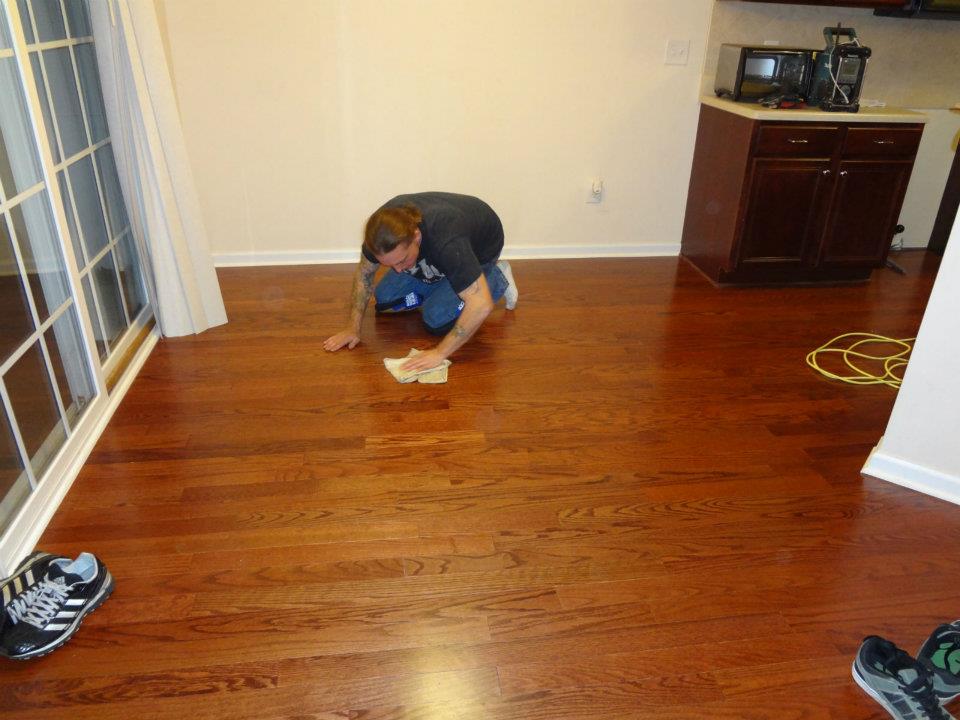Imagine walking into a room and being greeted by a foul, lingering scent that makes your nose scrunch up involuntarily.
You’re not alone in facing the challenge of eliminating cat pee smell from wood surfaces.
But fear not, there are effective methods that can help tackle this stubborn issue.
By following the right steps, you can bid farewell to the unpleasant odor and restore freshness to your wooden spaces.
Aerate the Room
To effectively address the cat pee smell in wood, begin by aerating the room to diminish the intensity of the odor and improve air circulation.
When your furry friend has had an accident, the strong urine smell can quickly permeate the wood, making it challenging to remove.
By opening windows or using fans, you can help disperse the odor and reduce the concentration of urine particles in the air.
Essential ventilation is key in combating pet accidents and eliminating smells like cat pee from wood effectively.
Airing out the room not only freshens the space but also plays an essential role in preparing the area for stain removal.
This initial step sets the foundation for the cleaning process by preventing the urine odor from lingering and penetrating deeper into the wood floors.
By enhancing airflow, you create a more hospitable environment and boost the effectiveness of subsequent odor removal techniques.
Remember, good ventilation is the first line of defense against stubborn pet odors in wooden surfaces.
Blot & Spot Clean
For effective removal of cat pee smell from wood, start by promptly blotting up fresh urine with paper towels to prevent deep penetration into the wood.
This initial step is essential in preventing the odor from becoming ingrained in the wooden floors.
Once you have blotted up as much urine as possible, proceed to spot clean the affected area with a suitable hardwood cleaner.
Consider using products specifically designed for pet stains and urine odors, as they’re formulated to target and eliminate these types of odors effectively.
In addition to hardwood cleaners, you can also try using vinegar or baking soda as natural alternatives to tackle the cat pee smell on wooden floors.
These household items can help neutralize the odor and break down the compounds causing the unpleasant smell. Enzyme cleaners are another option worth exploring for a deep clean that targets odor removal at the source.
Get Rid of the Odor
Eliminate the lingering cat pee odor from your wood surfaces using enzymatic cleaners that effectively break down urine compounds.
Enzymatic cleaners are specifically designed to target and eliminate the source of the odor, rather than just masking it.
For a natural approach, mix vinegar and baking soda to neutralize ammonia smells and remove cat urine odor from wood.
Remember to guarantee proper ventilation when using cleaning solutions like hydrogen peroxide to tackle the cat urine smell.
Thoroughly rinse and dry the cleaned area to prevent any residual odor from lingering.
Regular maintenance and quick action are essential in preventing cat pee odor buildup on wood floors.
By staying proactive and using these odor removal techniques, you can keep your wood surfaces free from stains and unpleasant smells.
Rinse
After thoroughly cleaning the wood surface, proceed to rinse the area with minimal water to effectively remove any residual cleaning solution and lingering cat urine odors.
When dealing with cat urine stains on wood floors, using cold water is vital to prevent excess moisture that could damage the wood.
You may want to contemplate using a mixture of white vinegar, baking soda, and water as a gentle cleaning solution to help remove pet stains and odor from wood floors.
To tackle stubborn odors, soak the affected area with a solution of hydrogen peroxide and water, allowing it to sit for some time before rinsing.
Remember to avoid oversaturating the wood during the rinsing process. Once you have rinsed the area thoroughly, make sure that you dry it promptly using towels, fans, or natural ventilation to prevent moisture damage and further eliminate the smell.
By following these steps and being diligent in your approach, you can effectively remove pet stains and odors from your wood floors.
Act Quickly
Upon noticing a fresh cat pee stain on your wood surface, important action is vital to prevent deeper penetration and lingering odors.
Immediate attention can make the removal process more manageable and effective.
Begin by blotting up as much of the urine as possible using paper towels or a sponge. This helps minimize absorption into the wood and reduces the chances of the urine smell becoming entrenched.
Promptly cleaning up cat urine accidents not only aids in odor removal but also deters repeat marking by your feline friend.
To address the stain and odor effectively, consider using cleaners specifically formulated for removing cat urine from wood surfaces.
Hydrogen peroxide and vinegar are common household items that can help neutralize the odor. Baking soda is also useful for absorbing lingering smells.
When dealing with hardwood floors, it’s important to act swiftly to prevent any long-term damage to the wood. By taking quick action, you can maintain a fresh-smelling environment and preserve the integrity of your wood surfaces.
Conclusion
To summarize, removing cat pee smell from wood requires patience and the right cleaning tools.
By following the steps outlined in this article, you can effectively eliminate the odor and restore your wood surfaces to their original condition.
Remember to act quickly, use the proper cleaners, and take preventative measures to avoid future accidents.
With diligence and care, you can keep your home smelling fresh and clean.


Leave a Reply